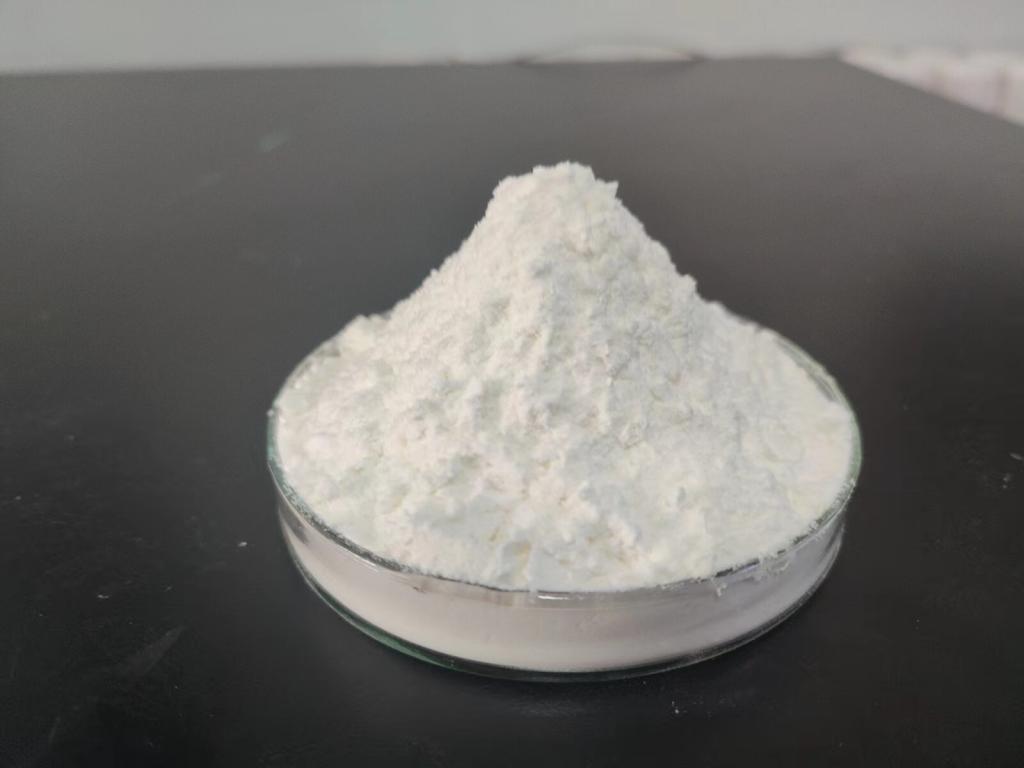Tel:+8618231198596

News
 CONTACT
CONTACT
 CONTACT
CONTACT
- Linkman:Linda Yao
- Tel: +8618231198596
- Email:linda.yao@dcpharma.cn
- Linkman:CHARLES.WANG
- Department:Overseas
- Tel: 0086 0311-85537378 0086 0311-85539701
News
Anticipating Trends: The Future Landscape of ε-Polylysine Hydrochloride in Various Industries
TIME:2023-12-15
Introduction
As industries seek sustainable and effective solutions, ε-polylysine hydrochloride has emerged as a valuable player. This article sets the stage by introducing the versatility and properties of ε-polylysine hydrochloride and outlining its potential to drive trends in various sectors.
The Current Landscape: Applications and Success Stories
Before delving into the future, it's essential to understand the present state of ε-polylysine hydrochloride applications. This section highlights current success stories and applications in industries such as food preservation, healthcare, cosmetics, and agriculture, setting the foundation for future trends.
Future Trends in Food and Beverage Industry
The food and beverage industry is witnessing a paradigm shift towards natural preservatives and sustainable practices. This section explores how ε-polylysine hydrochloride is poised to meet these demands, shaping trends such as clean label formulations, extended shelf life, and innovative smart packaging in the food and beverage sector.
Healthcare Innovations: ε-Polylysine in Pharmaceuticals
With increasing concerns about antibiotic resistance, there is a growing interest in alternative antimicrobial agents. This section discusses the potential applications of ε-polylysine hydrochloride in pharmaceuticals, including drug delivery systems, wound care, and the fight against antibiotic-resistant bacteria.
Beauty and Beyond: ε-Polylysine in Cosmetics
Consumers are increasingly seeking natural and sustainable ingredients in cosmetics. This part of the article explores the future trends of ε-polylysine hydrochloride in cosmetics, focusing on its antimicrobial and preservative properties in skincare, haircare, and personal care products.
Agriculture and Crop Protection: ε-Polylysine for Sustainable Farming
As agriculture faces the challenge of balancing productivity with sustainability, ε-polylysine hydrochloride emerges as a potential solution for eco-friendly crop protection. This section explores trends in using ε-polylysine for pest and pathogen control, promoting sustainable farming practices.
Technological Advancements: Unlocking ε-Polylysine's Full Potential
In the quest for innovation, technological advancements play a pivotal role. This part of the article discusses how advancements in formulation techniques, nanotechnology, and delivery systems could unlock new applications and enhance the efficacy of ε-polylysine hydrochloride across industries.
Regulatory Landscape and Standardization
The future of ε-polylysine hydrochloride is intricately tied to regulatory developments and industry standards. This section explores anticipated trends in regulatory approvals, global harmonization, and standardization efforts to ensure the safe and widespread use of ε-polylysine hydrochloride.
Challenges and Solutions
While ε-polylysine hydrochloride holds immense promise, challenges such as production scalability, cost-effectiveness, and consumer acceptance need to be addressed. This section provides insights into potential challenges and explores solutions to ensure the seamless integration of ε-polylysine hydrochloride in various industries.
Collaboration and Cross-Industry Synergies
The future landscape of ε-polylysine hydrochloride is likely to witness increased collaboration between industries. This section discusses the potential for cross-industry synergies, where knowledge and expertise from one sector can be leveraged to enhance applications in another.
Environmental Impact and Sustainability
Sustainability is a driving force in modern industries. The article concludes by exploring how the use of ε-polylysine hydrochloride aligns with sustainability goals, emphasizing its eco-friendly characteristics and potential contributions to a more sustainable future.
Conclusion
In conclusion, ε-polylysine hydrochloride is poised to shape the future landscape of various industries, offering solutions to contemporary challenges in food safety, healthcare, cosmetics, and agriculture. By anticipating trends, addressing challenges, and leveraging technological advancements, ε-polylysine hydrochloride is positioned to become a key player in fostering innovation and sustainability across diverse sectors.
- Tel:+8618231198596
- Whatsapp:18231198596
- Chat With Skype







